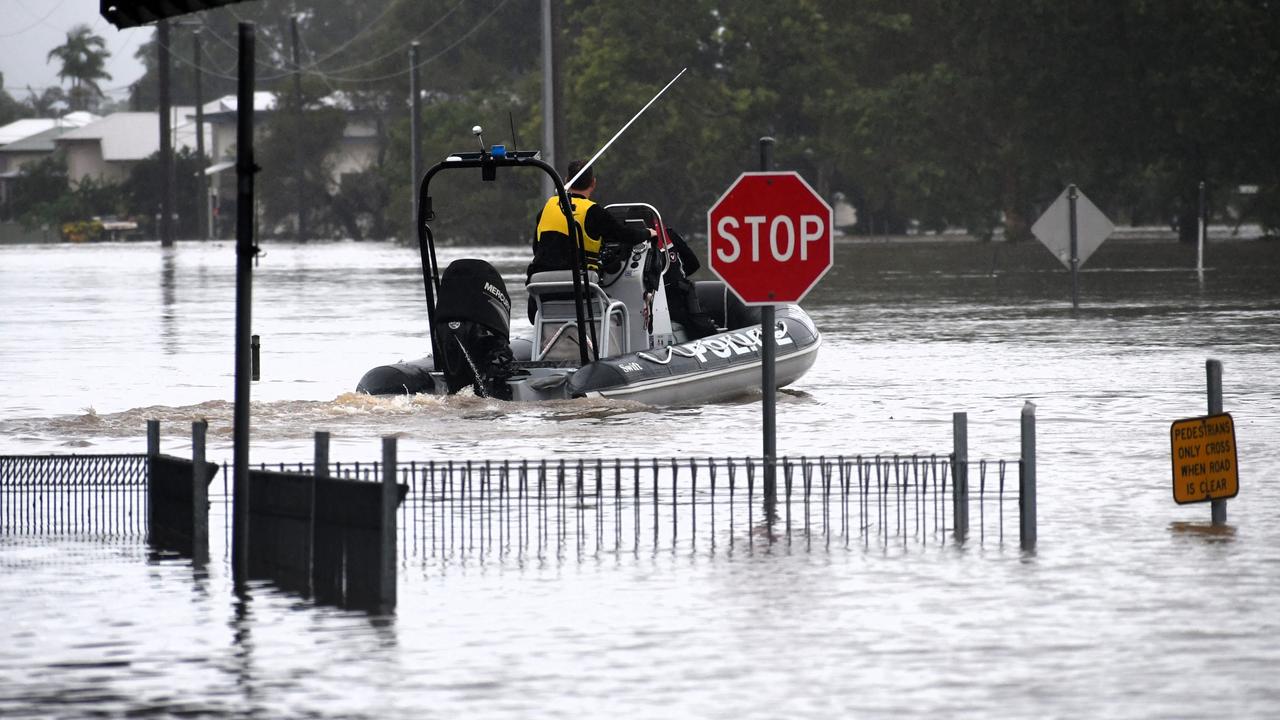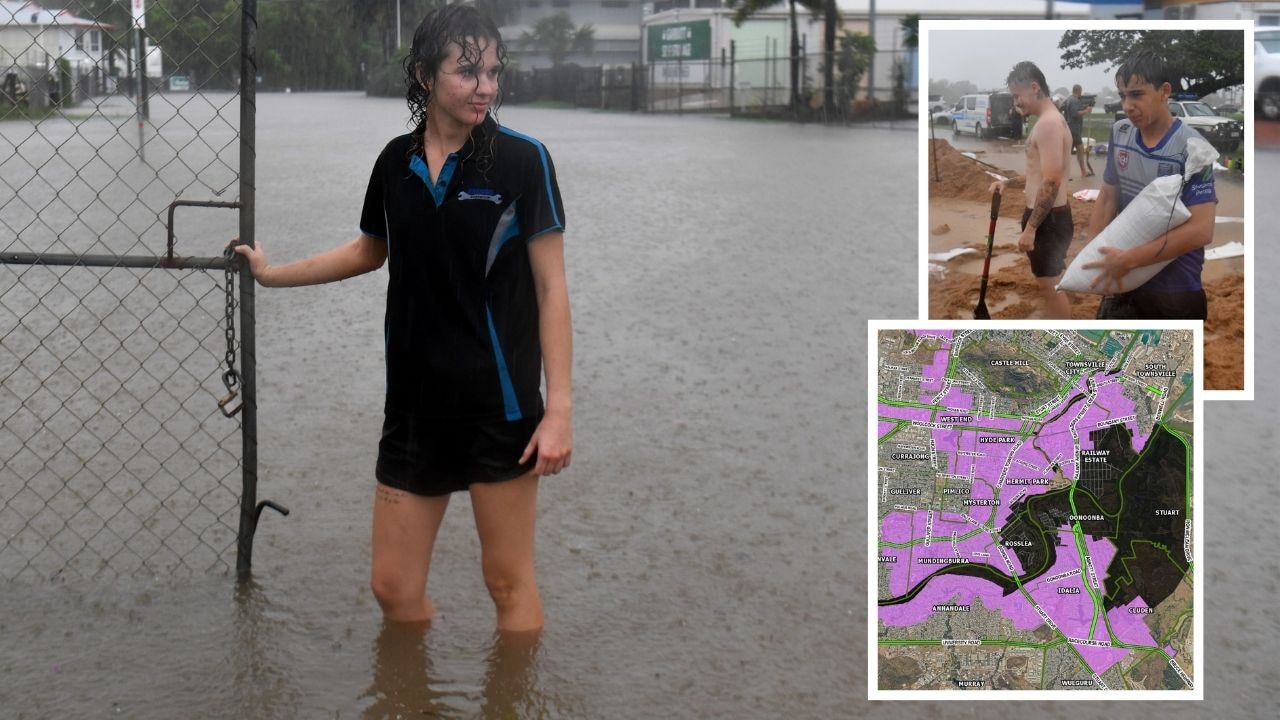Deadly fire ant invasion at new housing construction site at North Arm in Sunshine Coast hinterland
Deadly fire ants have breached the Sunshine Coast biosecurity zone, with six nests found at a building site, prompting calls for more federal funding to thwart the pests’ march across the state.
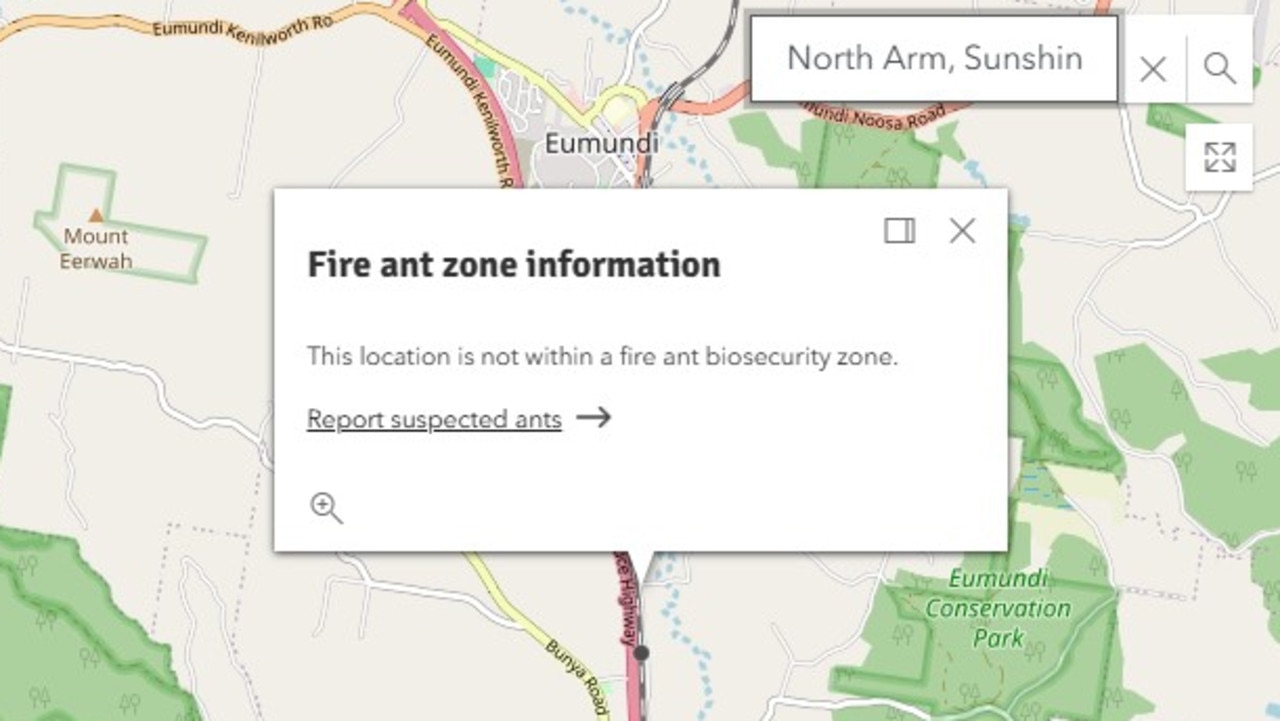
QLD News
Don't miss out on the headlines from QLD News. Followed categories will be added to My News.
Landowners in the Sunshine Coast hinterland have been left reeling after the deadly fire ant pest was found at a local housing construction site, which is classified as being outside the fire ant biosecurity zone last week.
The January 17 detection left land owners angry that they may have to pay to eradicate the pest which is known for killing wildlife, horses and other native species and destroying crop land.
The finding, which is yet to be mapped by Biosecurity Queensland, promoted the Invasive Species Council to issue an urgent call to boost funding for a statewide fire ant suppression scheme.
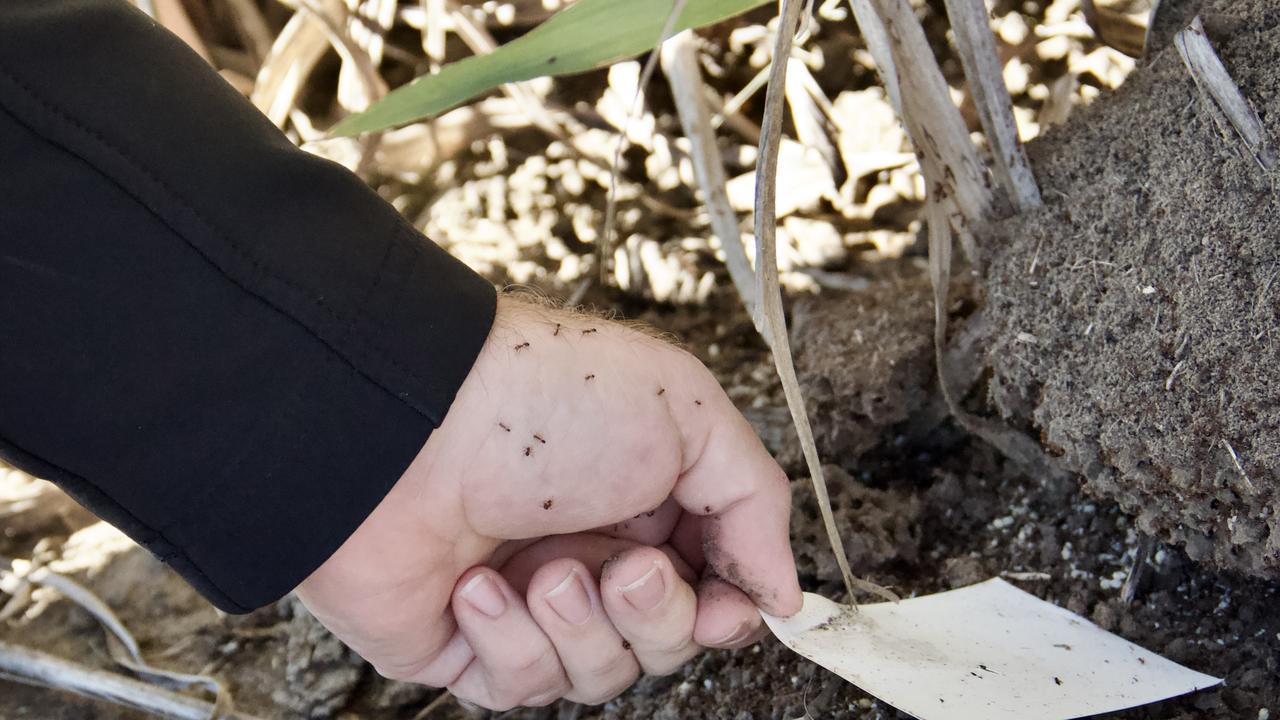
A member of the public reported the fire ant nests at the housing development site in North Arm, a small rural hub about 116 km north of Brisbane on January 17.
The nests were destroyed using a liquid insecticide that day and state government biosecurity and fire ant officers launched immediate broadscale treatment and surveillance.
A National Fire Ant Eradication Program spokesman warned North Arm residents to be on the lookout for the deadly pests.
“Our team visited the site and destroyed six nests using direct nest injection,” the spokesman said.
“The ants were confirmed by our scientists to be fire ants. We will be conducting further treatment and surveillance activities to ensure there are no more nests in the area.
“Fire ant detections outside the southeast Queensland infestation area do happen from time to time, and our program has procedures in place to deal with them.
“We need everyone to look for and report fire ants and let our teams in if we need to conduct eradication activities.”

Invasive Species Council Advocacy Manager Reece Pianta said the state government needed to “urgently” ramp up fire ant suppression during the summer wet months to reduce the risk of the entire state succumbing to the pest.
His push for more funding to stop the fire ant spread follows local councils, including Logan City Council, calling for more federal funding.
“We are calling on Opposition Leader Peter Dutton and Prime Minister Anthony Albanese to commit to urgent long-term funding to stop the fire ant surge,” Mr Pianta said.
“This isn’t just an election issue for Queenslanders, fire ants can spread to all parts of Australia if eradication fails.
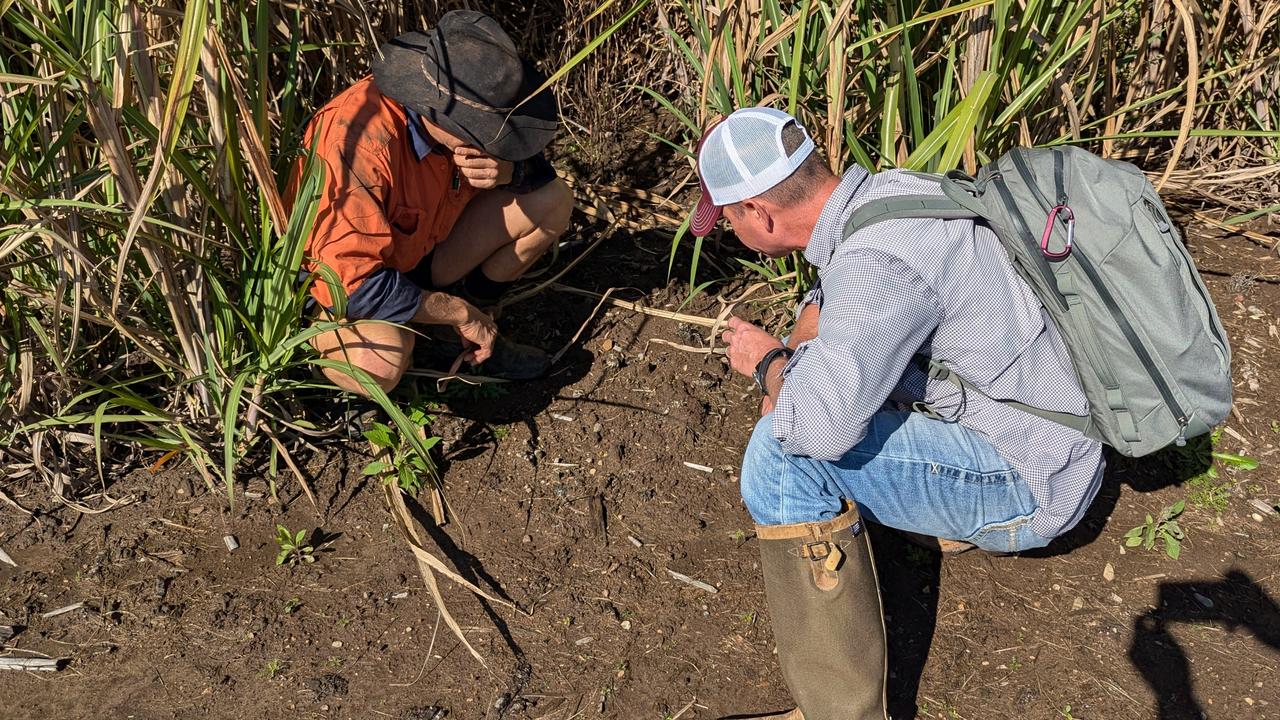
“This latest detection on the Sunshine Coast is a chilling reminder of how effortlessly these tiny killers can invade new areas.
“If fire ants continue to breach containment it will ruin Queensland’s chances of eradicating them with the economic damage greater than that caused by cane toads, rabbits, feral cats and foxes combined.
“An increase in funding now could save Australia billions in fire ant costs each year, not to mention the immeasurable cost to our environment, wildlife and lifestyles.”
The group’s call for extra funding will be scrutinised by fire ant program whistleblower Dr Pam Swepson.
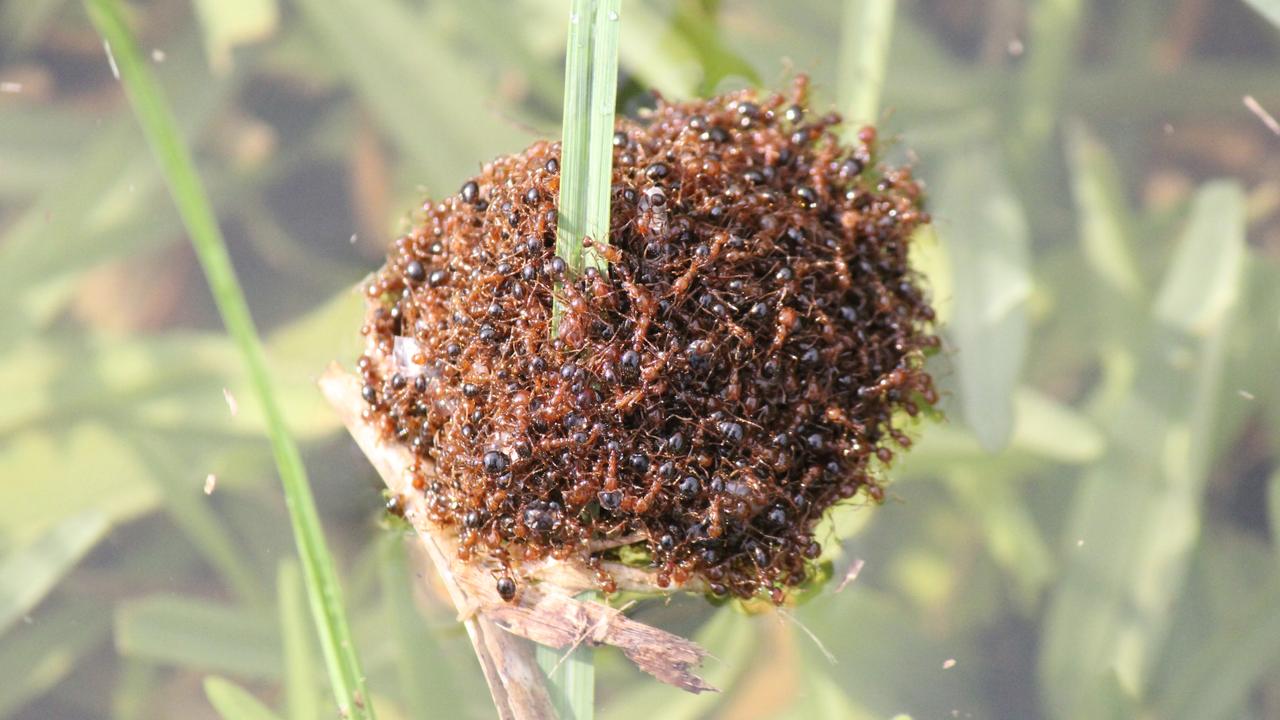
Dr Swepson made headlines in 2019 claiming the National Red Imported Fire Ant Eradication Program had wasted millions of dollars after pumping about $1 billion into Queensland with the state contributing 10 per cent or about $100 million.
“So, we’ve been running an unscientific, expensive eradication program which has resulted in the infestation now being twenty times worse,” she said.
“If Queensland decided to follow the scientific advice and run a fire ant containment and suppression program, Queensland would have to put in 100 per cent of the funding and that is unlikely.”
Fire ants are copper brown in colour and have a dark abdomen. They measure 2mm – 6mm in length with a variety of sizes found in each nest.
Nests appear as mounds or patches of loose soil and have no obvious entry or exit holes.
Fire ants are attracted to disturbed soil and can be transported through the human-assisted movement of organic materials.
The fire ant infestation is pushing boundaries, now advancing into regions that were once free of the pest.
More Coverage
Originally published as Deadly fire ant invasion at new housing construction site at North Arm in Sunshine Coast hinterland




